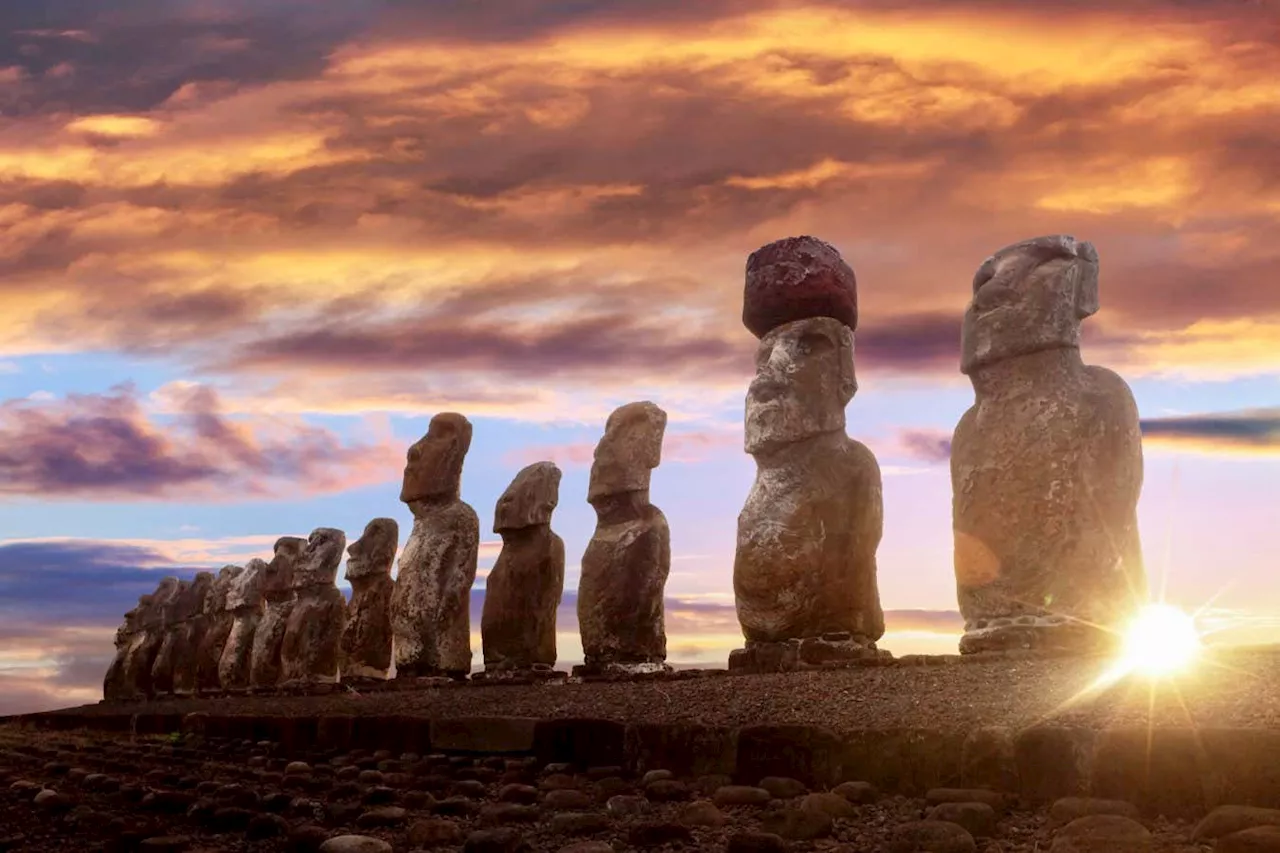DNA analysis shows that people from Easter Island had contact with Indigenous Americans around the 1300s, and finds there was no population crash before the arrival of Europeans
DNA analysis of ancient remains from Easter Island shows that the population was in fact increasing when Europeans arrived, rather than collapsing as reported by some historical accounts.
By the time Europeans arrived in 1722, the vegetation had been largely destroyed by a combination of rats and overharvesting. The history of the island has often been portrayed as an example of unsustainable ecological exploitation and population growth followed by collapse.at the University of Copenhagen, Denmark, and his colleagues looked at 15 sets of human remains kept at the National Museum of Natural History in Paris, France, collected by expeditions in 1877 and 1935.
A population undergoing a bottleneck from a collapse in numbers will have signals in their DNA showing a drop in genetic diversity, says Moreno-Mayer.
United States Latest News, United States Headlines
Similar News:You can also read news stories similar to this one that we have collected from other news sources.
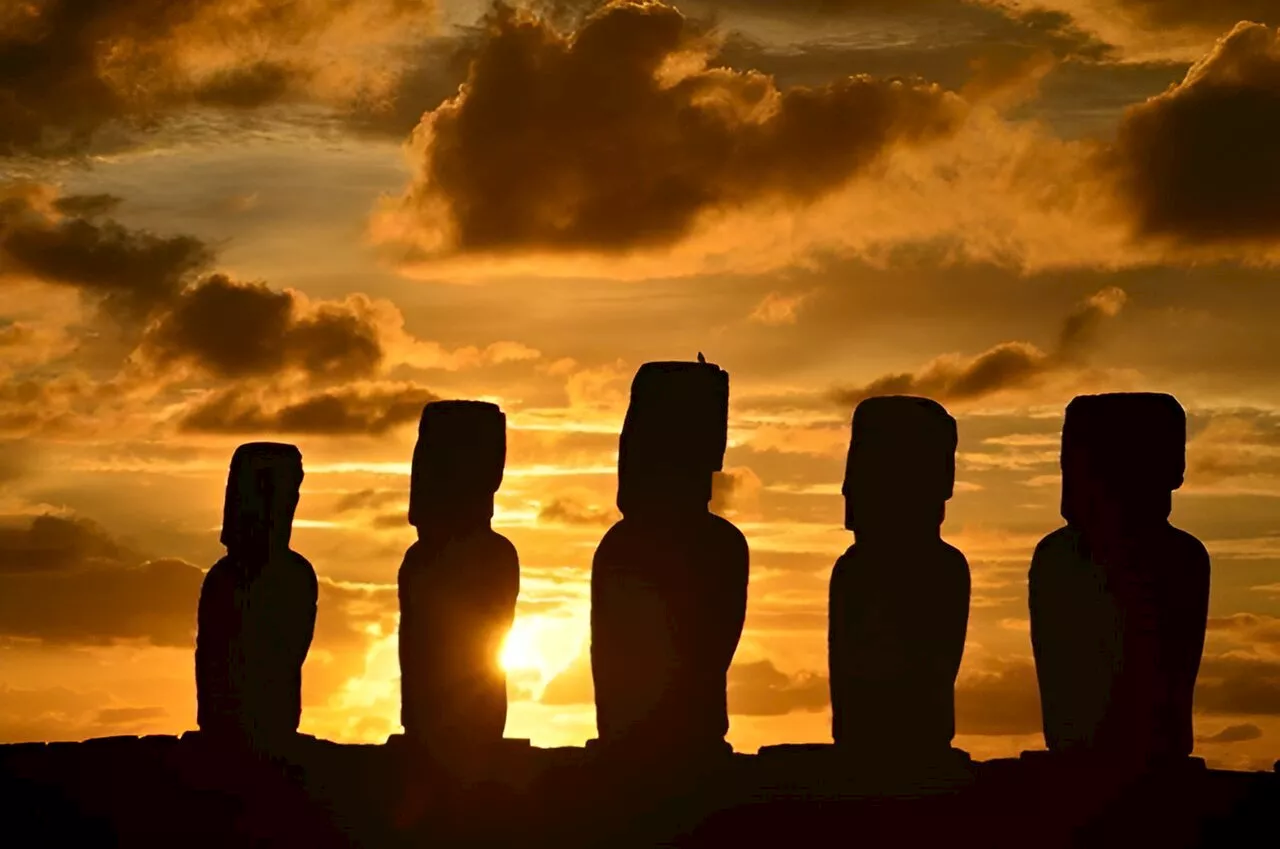 Ancient DNA from Rapa Nui (Easter Island) refutes best-selling population collapse theoryRapa Nui or Te Pito o Te Henua (the navel of the world), also known as Easter Island, is one of the most isolated inhabited places in the world. Located in the Pacific, it lies over 1,900 km east of the closest inhabited Polynesian island and 3,700 km west of South America.
Ancient DNA from Rapa Nui (Easter Island) refutes best-selling population collapse theoryRapa Nui or Te Pito o Te Henua (the navel of the world), also known as Easter Island, is one of the most isolated inhabited places in the world. Located in the Pacific, it lies over 1,900 km east of the closest inhabited Polynesian island and 3,700 km west of South America.
Read more »
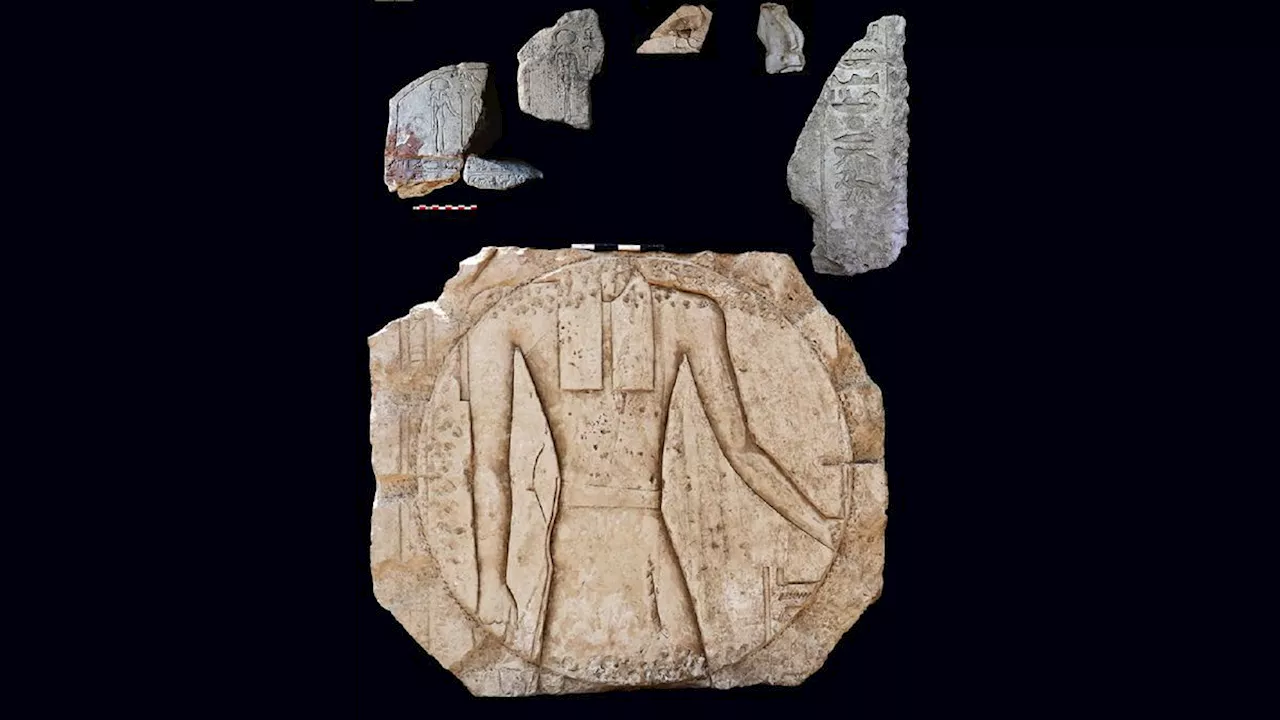 'Everything we found shattered our expectations': Archaeologists discover 1st ancient astronomical observatory from ancient EgyptReham Atya holds a Ph.D. in Physical Chemistry and is a scientific writer and translator dedicated to making complex science accessible. Her work has appeared in various scientific journals and cultural platforms like Aljazeera.net.
'Everything we found shattered our expectations': Archaeologists discover 1st ancient astronomical observatory from ancient EgyptReham Atya holds a Ph.D. in Physical Chemistry and is a scientific writer and translator dedicated to making complex science accessible. Her work has appeared in various scientific journals and cultural platforms like Aljazeera.net.
Read more »
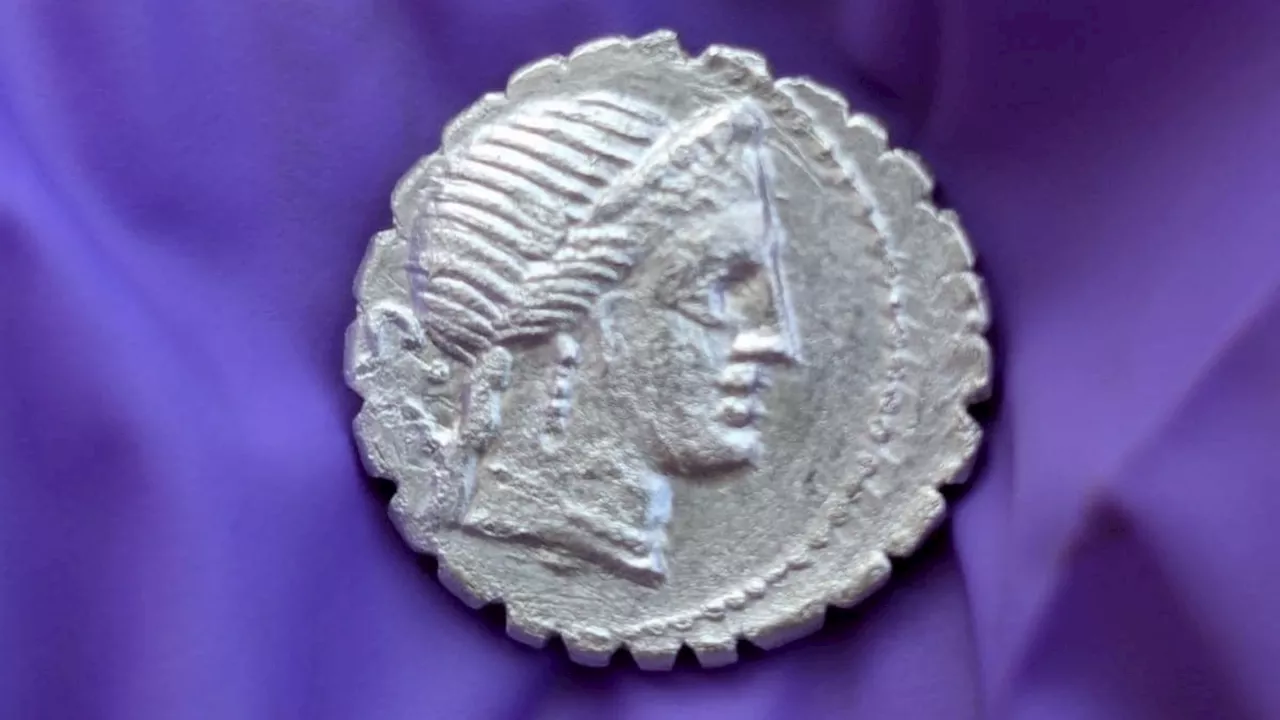 Roman coin trove discovered on Mediterranean island may have been hidden during ancient pirate attackTom Metcalfe is a freelance journalist and regular Live Science contributor who is based in London in the United Kingdom. Tom writes mainly about science, space, archaeology, the Earth and the oceans. He has also written for the BBC, NBC News, National Geographic, Scientific American, Air & Space, and many others.
Roman coin trove discovered on Mediterranean island may have been hidden during ancient pirate attackTom Metcalfe is a freelance journalist and regular Live Science contributor who is based in London in the United Kingdom. Tom writes mainly about science, space, archaeology, the Earth and the oceans. He has also written for the BBC, NBC News, National Geographic, Scientific American, Air & Space, and many others.
Read more »
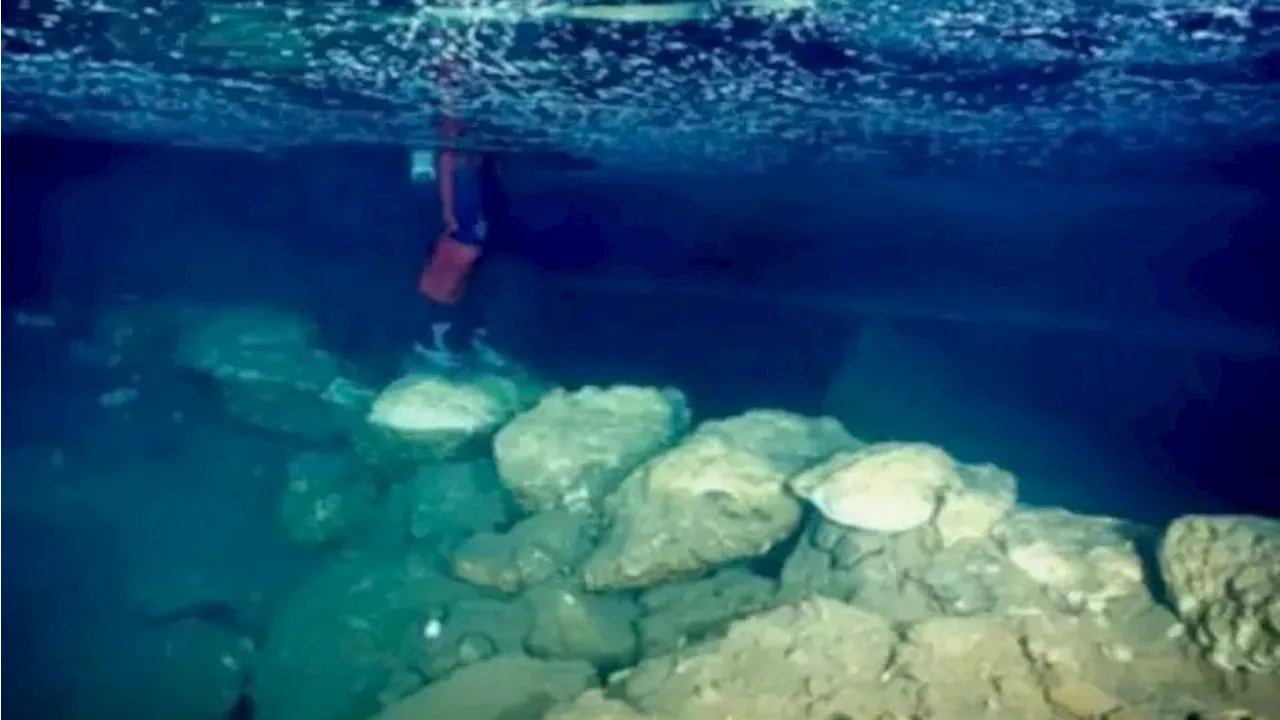 Ancient submerged bridge in Spain reveals that humans inhabited Mediterranean island nearly 6,000 years agoJennifer Nalewicki is a Salt Lake City-based journalist whose work has been featured in The New York Times, Smithsonian Magazine, Scientific American, Popular Mechanics and more. She covers several science topics from planet Earth to paleontology and archaeology to health and culture. Prior to freelancing, Jennifer held an Editor role at Time Inc.
Ancient submerged bridge in Spain reveals that humans inhabited Mediterranean island nearly 6,000 years agoJennifer Nalewicki is a Salt Lake City-based journalist whose work has been featured in The New York Times, Smithsonian Magazine, Scientific American, Popular Mechanics and more. She covers several science topics from planet Earth to paleontology and archaeology to health and culture. Prior to freelancing, Jennifer held an Editor role at Time Inc.
Read more »
 A Greek Island Wedding Inspired by Matisse, Ancient Myths, and a ’90s Calvin Klein AdThe brides, model Teresa Dilger and real estate broker Yesim Ak, threw a spontaneous wedding on the island of Milos that came together in just a week.
A Greek Island Wedding Inspired by Matisse, Ancient Myths, and a ’90s Calvin Klein AdThe brides, model Teresa Dilger and real estate broker Yesim Ak, threw a spontaneous wedding on the island of Milos that came together in just a week.
Read more »
 Ancient Rome had Ways to Counter the Urban Heat Island EffectTrees are one way to cool down a city. Architects in ancient Rome also designed buildings with porticos for shade and air flow.
Ancient Rome had Ways to Counter the Urban Heat Island EffectTrees are one way to cool down a city. Architects in ancient Rome also designed buildings with porticos for shade and air flow.
Read more »
